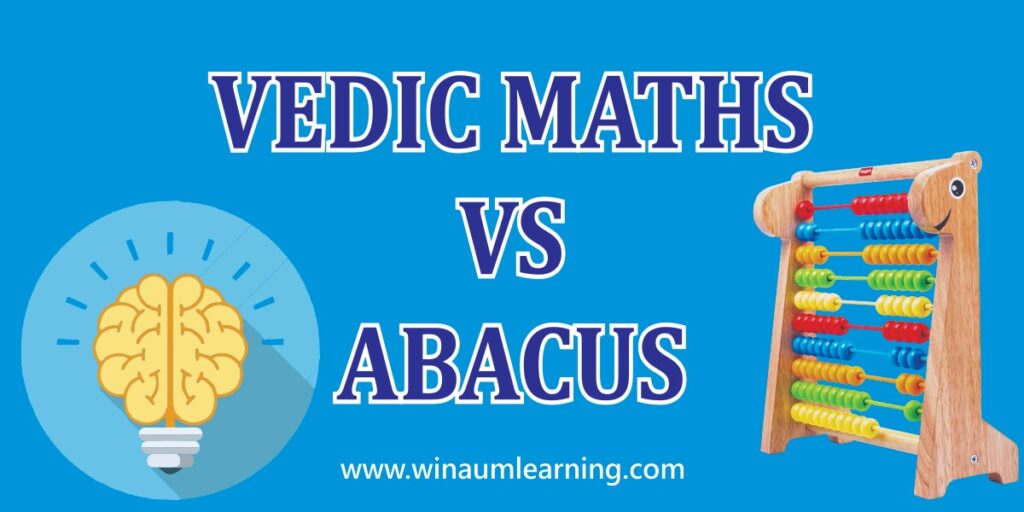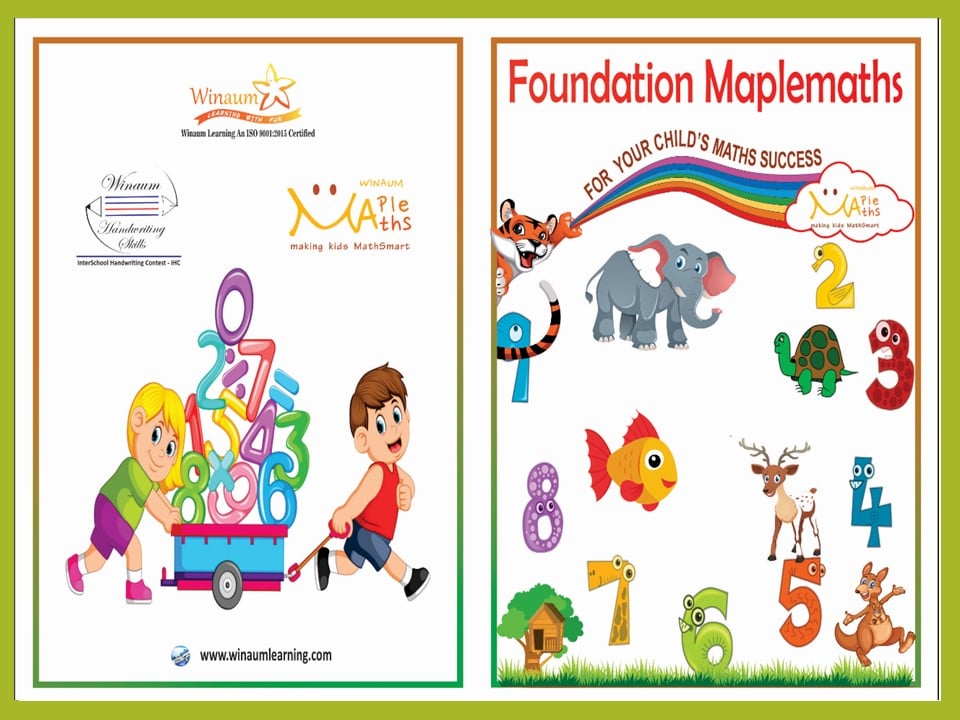Vedic Maths is an innovative math program designed to enhance speed and accuracy in mathematical calculations through a variety of shortcut techniques and methods. These techniques, known as Vedic Sutras, are a collection of strategies that simplify complex calculations and make arithmetic more efficient and intuitive. Originating from ancient India, Vedic Maths has gained recognition for its practical applications and effectiveness in modern education.
The roots of Vedic Maths can be traced back to ancient Indian texts, with its formalization credited to Shri Bharati Krishna Tirthaji, who is often referred to as the father of Vedic Maths. In his seminal work, Tirthaji outlined the Vedic Sutras, which are mathematical aphorisms that provide shortcuts for a range of calculations. These Sutras cover various operations, including addition, subtraction, multiplication, division, squares, cubes, square roots, cube roots, as well as higher-level concepts such as HCF (Highest Common Factor) and LCM (Least Common Multiple).
One of the key strengths of Vedic Maths lies in its ease of learning and application. Children as young as eight years old can start learning Vedic Maths, making it accessible to early learners and helping them develop a strong foundation in mathematics from a young age. The methods are designed to be simple and intuitive, allowing students to quickly grasp the concepts and apply them to solve problems more efficiently.
The Vedic Sutras are particularly renowned for their speed-building capabilities. For instance, techniques such as “Nikhilam Navatashcaramam Dasatah” (The Near Ten Sutra) simplify the process of multiplication by breaking down numbers into more manageable components. Similarly, “Urdhva Tiryakbhyam” (Vertical and Crosswise) is a Sutra used for rapid multiplication of large numbers. These techniques not only speed up calculations but also reduce the likelihood of errors, contributing to greater accuracy in problem-solving.
Vedic Maths covers a broad spectrum of mathematical operations beyond basic arithmetic. For example, techniques for finding squares and cubes of numbers, as well as square and cube roots, are included. These methods are designed to make complex calculations straightforward and manageable, providing students with a comprehensive toolkit for tackling a variety of mathematical challenges.
Many educational institutions have recognized the benefits of Vedic Maths and have started incorporating it into their curricula. Schools often introduce Vedic Maths through math clubs, small exercises in textbooks, and as part of after-school programs. This integration into mainstream education helps students gain familiarity with the techniques and apply them to their regular math work.
Despite its many advantages, mastering Vedic Maths requires a dedicated period of study. To become proficient in the full range of Vedic Sutras and their applications, students typically need 8 to 12 months of focused learning. This time frame allows for the gradual acquisition of skills and the development of mental agility in performing calculations.
Overall, Vedic Maths offers a valuable approach to mathematics that enhances both speed and accuracy. Its foundation in ancient wisdom combined with practical, modern applications makes it a powerful tool for learners of all ages. By simplifying complex calculations and fostering a deeper understanding of mathematical concepts, Vedic Maths not only improves computational skills but also builds confidence and enthusiasm for the subject. As more schools and educational programs adopt Vedic Maths, its impact on students’ mathematical proficiency and overall academic performance continues to grow.
. You can find here a detailed description of What is Vedic Maths.






















